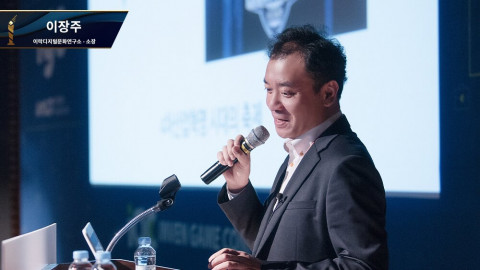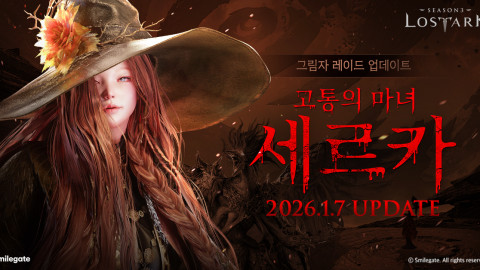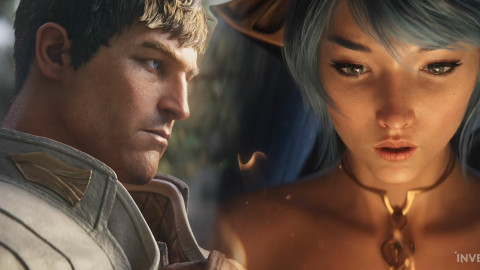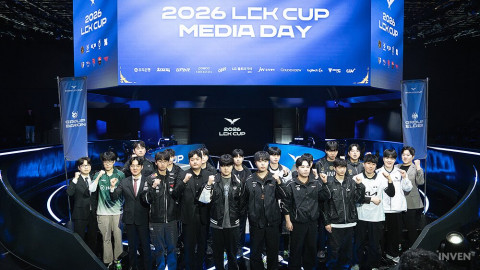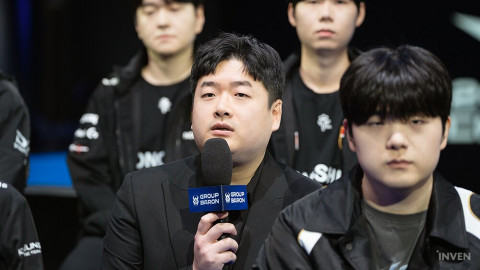
Last summer, thousands of people set out into the world, packing their bags with some snacks, a bottle of water, and a portable power bank; their goal: to catch Pokémon. Countless people left their houses to play Pokémon GO; they visited many different places to catch different Pokémon, and walked to various PokéStops to get their hands on some items.
Pokémon GO is a mobile Augmented Reality game developed by Niantic Labs. It is a location-based AR game, so the in-game player goes wherever the actual player goes. The players must visit certain places to get in-game items and to catch the Pokémon that appear randomly throughout the area.
The gameplay is rather simple. The phone vibrates whenever a Pokémon appears nearby, and the player catches the Pokémon by throwing a Pokéball at the Pokémon. Gamers and Pokémon fans around the world were extremely excited when the game came out, but not because of the gameplay. They were all thrilled to finally see the Pokémon animation come to life.

Pokémon GO began its service in North America and Europe first, and expanded to Japan and other Southeast Asian countries shortly after. Pokémon GO came to South Korea on Jan 24, 2017, which was rather late compared to other areas. The number of downloads exceeded 10 million within the first week of release and the total number of downloads now exceeds 65 million. In addition, the global revenue generated now exceeds 10 billion US Dollars, according to Sensor Tower.
The popularity of Pokémon GO continued at the 2017 GDC. On Feb 28, the second day of the GDC 2017, hundreds of people waited to hear from the graphic artist at Niantic, Dennis Hwang. The lecture was on “Interactive Game Designs for Pokémon GO and the reality” and it did not take long before the lecture hall was full of people.
Dennis Hwang started the lecture with how he worked on visuals and UI designs while developing Pokémon GO. Later, he shared his insights on the potential of AR games and his experience with the challenges of going into a new field.

Niantic Labs was founded in 2011 within Google and became an independent company in 2015. After publishing Ingress, a location-based mobile game, Niantic received investments from Nintendo, The Pokémon Company, and Google, using those investments to publish Pokémon GO.

Niantic has always been trying something new and thinking about how their new project will be different from their previous ones. Their goal was to develop a new form of game, a location-enabled AR game, and they successfully developed Ingress and Pokémon GO.
“We released Pokémon GO last summer, and people just loved it. Regardless of nationality, gender, or age, everyone was enjoying the game. We had estimated the number of players before we launched the game, and the actual number turned out to be much higher than the number we’d estimated.”


Over 65 million people have downloaded Pokémon GO around the globe. The total distance walked by the players is over 54 billion miles and the total number of Pokémon caught is over 880 billion.
The camera is what enables the AR part of Pokémon GO. When people think of AR, the first thing that comes into their minds would be things like HoloLens, a fancy future technology. However, AR is not that far away from us anymore. Current technology has advanced enough to provide us with GPS and other reality-based data.


Dennis Hwang said that Niantic had used the AR technology in Ingress and learned that location-based games can make people exercise. For example, when someone is trying to walk from A to B, walking straight would be the fastest way. However, Ingress players decided to take a detour, in order to pass through a certain location.

This would also encourage people to engage in social activities. Thousands of people around the world gathered for Anomaly, a live event for Ingress. The live event encourages people to socialize and make friends with each other.
The players would walk together and engage actively in social activities; some relationships even led to marriage. Other players have lost weight because Ingress made them walk in order to play the game.


Through the success of Ingress, Niantic learned that AR games can have positive effects on people’s behaviors and encourage a new form of social Interaction. AR games can give the players a fascinating experience just by exploring a new neighborhood.
With everything they had learned from Ingress, Niantic began to develop Pokémon GO. The developers focused on providing the players with the best experience. They especially focused on how to locate the in-game objects within a reality background.

Google Street View allows the users to see the actual photo of the place they are looking for. At first, the developers of Pokémon GO thought they could use this process for the AR part of the game. However, technological issues did not allow them to.
The biggest problem was that when they maintain the ratio between the Pokémon and the objects in the background, the Pokémon appear too small. When they ignore the realistic ratio and make the Pokémon bigger, the objects in reality seem small and make the whole game look awkward.

It wasn’t an easy task, but the developers successfully came up with a way to catch Pokémon without distorting either reality or the Pokémon. The videos below show how the prototypes of Pokémon GO looked like.
Maps were another aspect that gave the developers hard times. The first version of the map looked more practical rather than game-friendly. Grass and trees were added later on to add more game-like visuals. In the final version, everything except the road was green.
The prototype featured changes in the maps based on the weather and the time of the day. The maps look different in different weather and during a different time of day, which makes the game look more real.



Another feature that added to the game’s popularity is the avatars. Pokémon GO targets the older generation even though the original Pokémon IP targets children. The first version of the avatars looked rather young, but the developers redesigned the avatars to look like adults.
The avatars were redesigned not just because the average players of the game are adults however. The developers also tried to avoid cognitive dissonance. They thought that if the avatars looked nothing like the players, it would prevent the players from being captivated in the game.



Pokémon GO is a location-based game. If the graphics look too much like a cartoon, it will be hard for the players to get a sense of reality. In-game changes based on weather and time of the day are not available yet, but Dennis Hwang is trying his best to make the game more realistic.
“I want the virtual world and the real world to match. I don’t want to see SD characters (characters with large heads) walking around in a reality-enabled game.”
However, they did not give up on diversity. They allowed avatar customization with hair and outfits, and tried their best to make the game as diverse as possible while using a minimum amount of resources.



The developers have put their best efforts into making the Pokémon look like they exist within a real-life environment. The light had to be spread evenly throughout the screen to make the Pokémon look more realistic.
A convenient UI is absolutely necessary to play a game for a long time. Dennis Hwang presented the interface for Ingress and how he regrets designing the UI with buttons. He did not want to repeat the same mistakes again, and put his best efforts into UI designs for Pokémon GO.
In the end, they developed a UI intended for single-hand use. They tried to maximize the convenience of a mobile device and make the controls as simple as possible.


Lastly, Dennis Hwang confirmed that “weather effects” are in the works. PvP content is also on the list of features to add and the developers are currently working on it. He finished his lecture by saying that he wants to see live events being held and communities being formed around Pokémon GO.
“Ingress players around the world are getting together through Anomaly. About 12,000 people gathered at Tokyo last July. I hope Pokémon GO will also have events like Anomaly so everyone can enjoy Pokémon GO together, in real life.”


Sort by:
Comments :0



